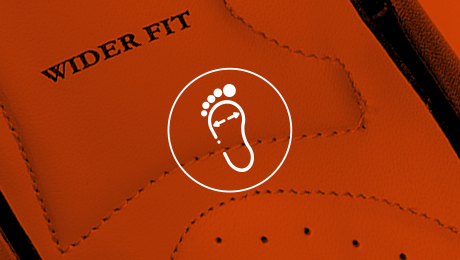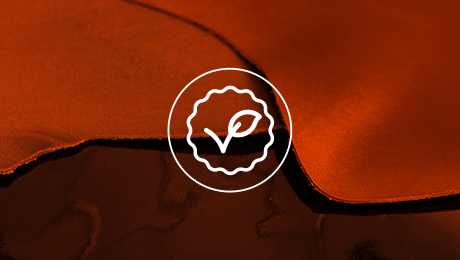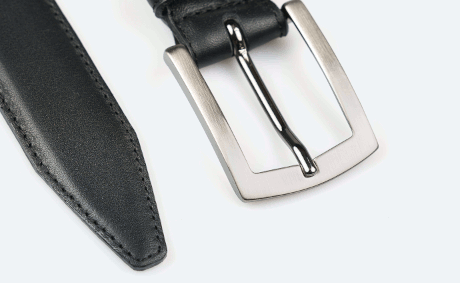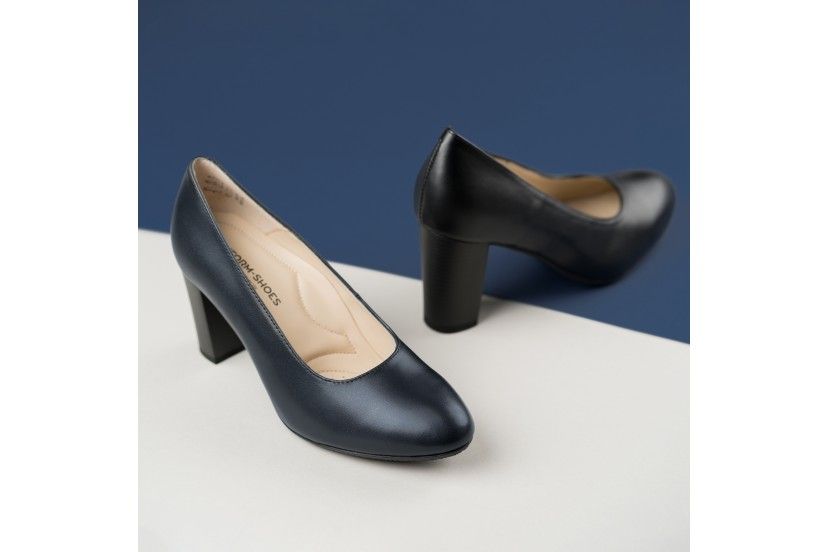Pump shoes: tight or loose? The practical fit guide for uniforms that never stop
A polished uniform starts at ground level. For flight crews, hospitality teams, and office professionals, pump shoes are part of the job kit—meant to look sharp and keep you steady from first hello to last task. So, should pumps fit tight or loose? The short answer: snug at the heel, comfortable at the front. Here’s a clear, no-drama guide tailored to long shifts and real movement.
Pump Shoes — Snug at the heel, easy at the toes
Think of the heel fit like a seatbelt: firm without digging in. Pump shoes should hold closely around the back of your foot, limiting up-and-down movement so the ankle stays supported and the skin doesn’t rub. When pump shoes are too loose at the heel, you’ll feel lift and hear a faint “clack”; over a shift, that becomes friction, hot spots, and sometimes a misstep on corners. Too tight, and you’ll sense pressure on the tendon or bone before you’ve even started.
At the front, aim for natural freedom. Your toes should spread and flex without hitting hard edges or feeling squeezed at the sides. A small margin of space—enough that you can wiggle without resistance—keeps circulation flowing during hours of standing and walking. This balance is what carries you through check-ins, corridors, and briefings without counting the minutes to sit down.
A quick fit check you can trust for your Pump shoes
Walk a few strides on a firm surface and notice your heel. Ideally it stays put, with only a whisper of movement. Then pay attention to the forefoot: can you bend at the ball of the foot without your toes colliding with the front? Make two easy turns and a short stop, just like you would behind a desk or in an aisle. If your foot slides forward, the rear isn’t securing you enough. Try the same shoes later in the day when feet naturally swell; good pump shoes feel consistent—stable at the back, relaxed at the front—rather than tighter by the hour. Small adjustments can fine-tune a near-perfect fit, but remember: inserts cannot fix pumps that are obviously too big or painfully tight from the start.
Built for shifts: height, shape, and materials
Your work rhythm decides what “comfort” means. If your day mixes standing with steady walking, a mid heel pump shoes often distributes weight more evenly than very high styles. Higher heels shift pressure to the front, so any extra room there can push toes into the tip; that’s why the heel grip matters even more as height goes up. The shape of the toe box also plays a role: rounder or softly tapered fronts reduce pinch points over time, especially for wider feet.
Materials tell a story as the hours pass. Quality leather tends to soften and follow your foot, providing a custom feel after a few wears, while very rigid materials demand a near-perfect fit from day one. Whichever you choose, aim for a firm heel counter and a stable outsole—details that translate into quieter steps, better posture, and energy saved for service, not spent on balance.
Clear answers to common doubts
Between sizes, choose the one that respects your toes and then secure the rear with a discreet grip if needed; it’s smarter to protect the forefoot than to gamble with pressure. If one foot is slightly larger (common for many), fit the larger foot and personalize the other with a subtle insole. Expect a brief settling-in period, but don’t count on dramatic “stretching” to solve pain—comfortable now usually means comfortable later. And if your role includes quick turns, stairs, or carrying items, prioritize stability: pump shoes that hug the heel and allow natural toe movement will keep you safer and fresher by the end of the shift.
Bottom line: For professional pump shoes, go snug at the heel and easy at the toes. Minimal heel movement, no front squeeze. That simple formula cuts down on blisters, supports your ankles, and helps you finish the day looking—and feeling—as composed as you started.











